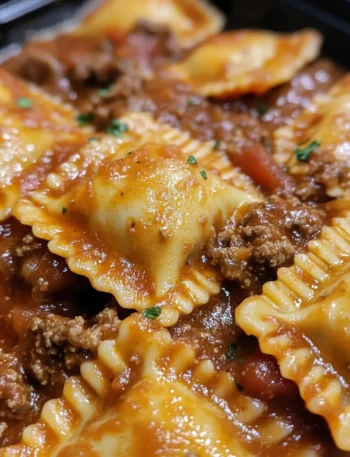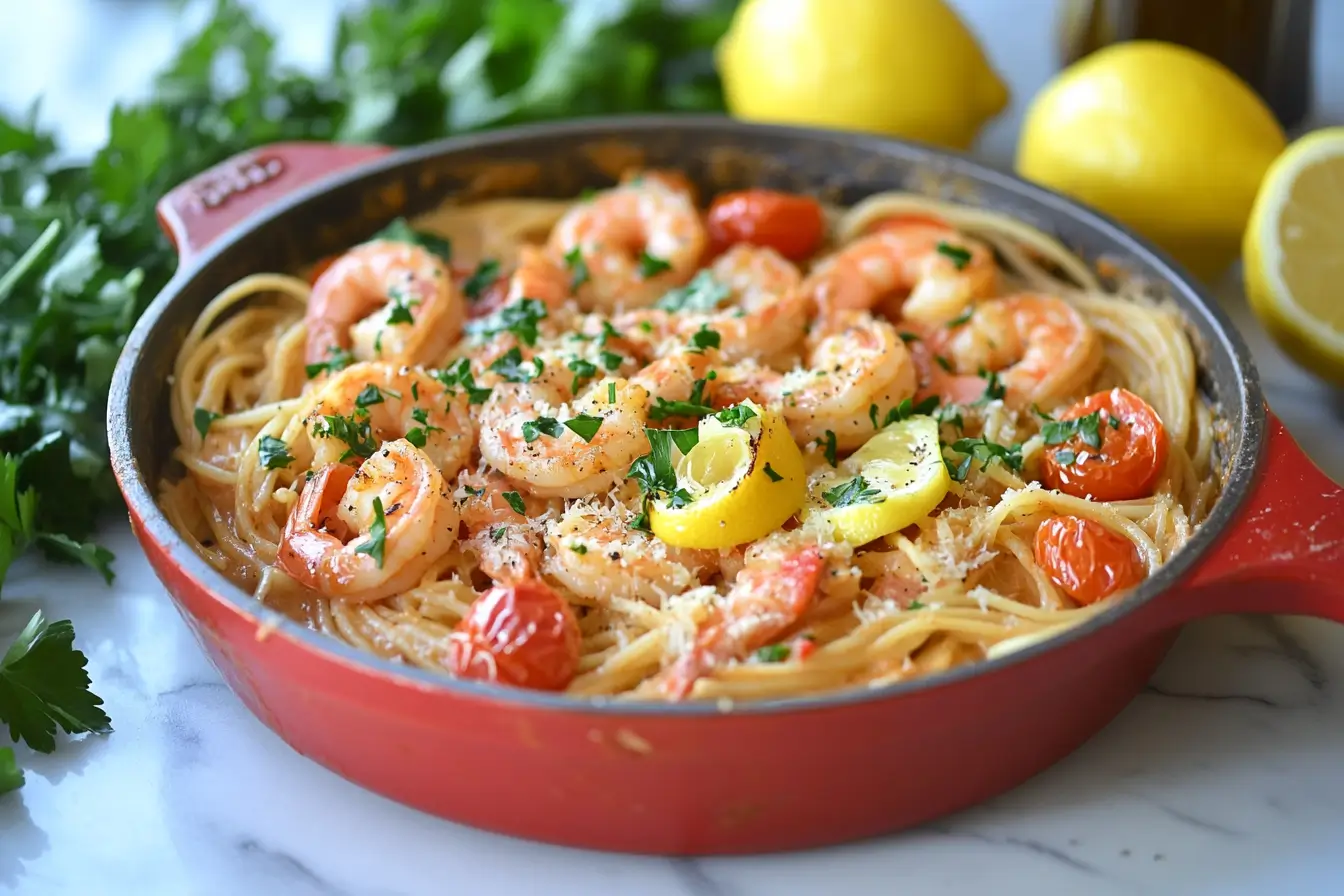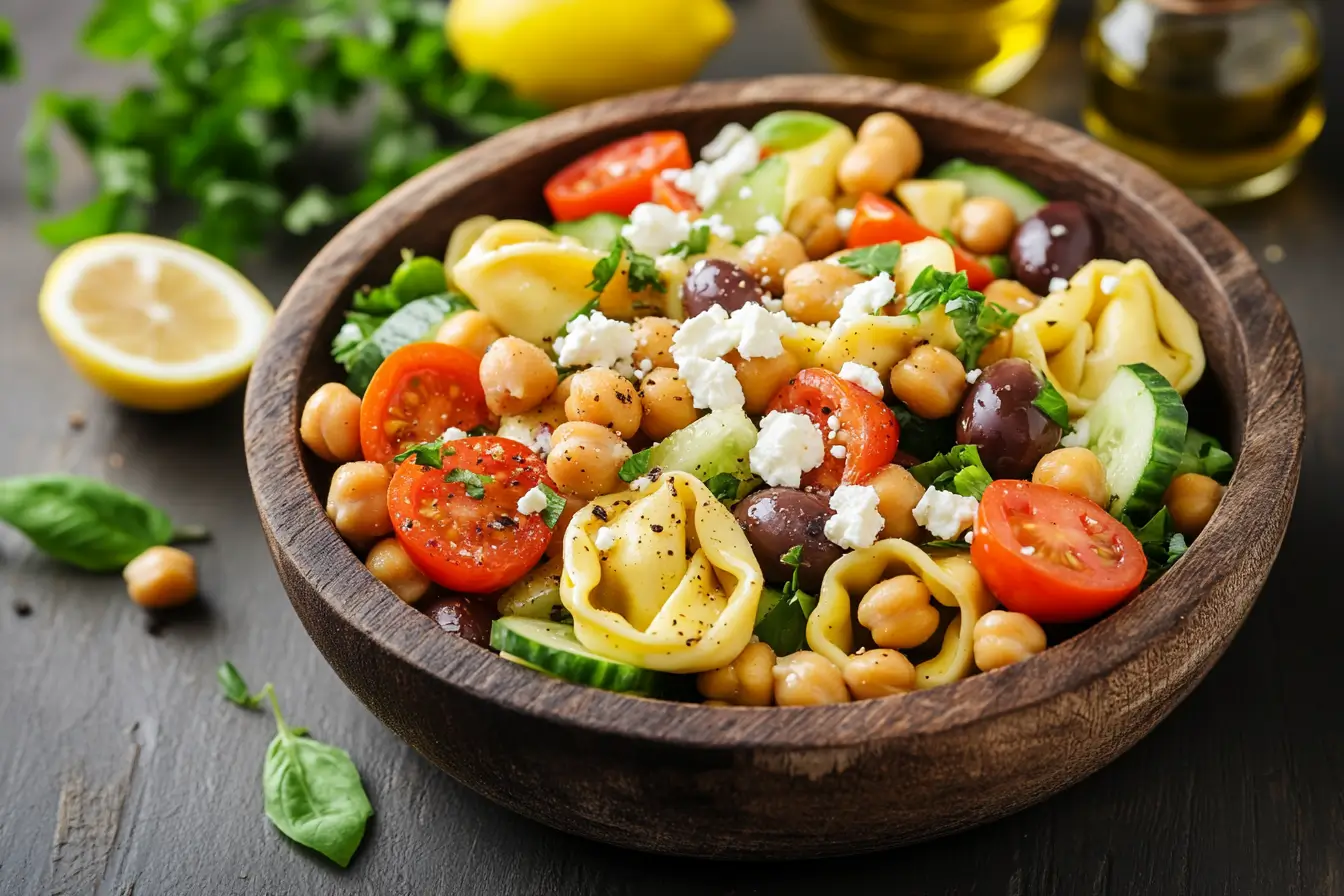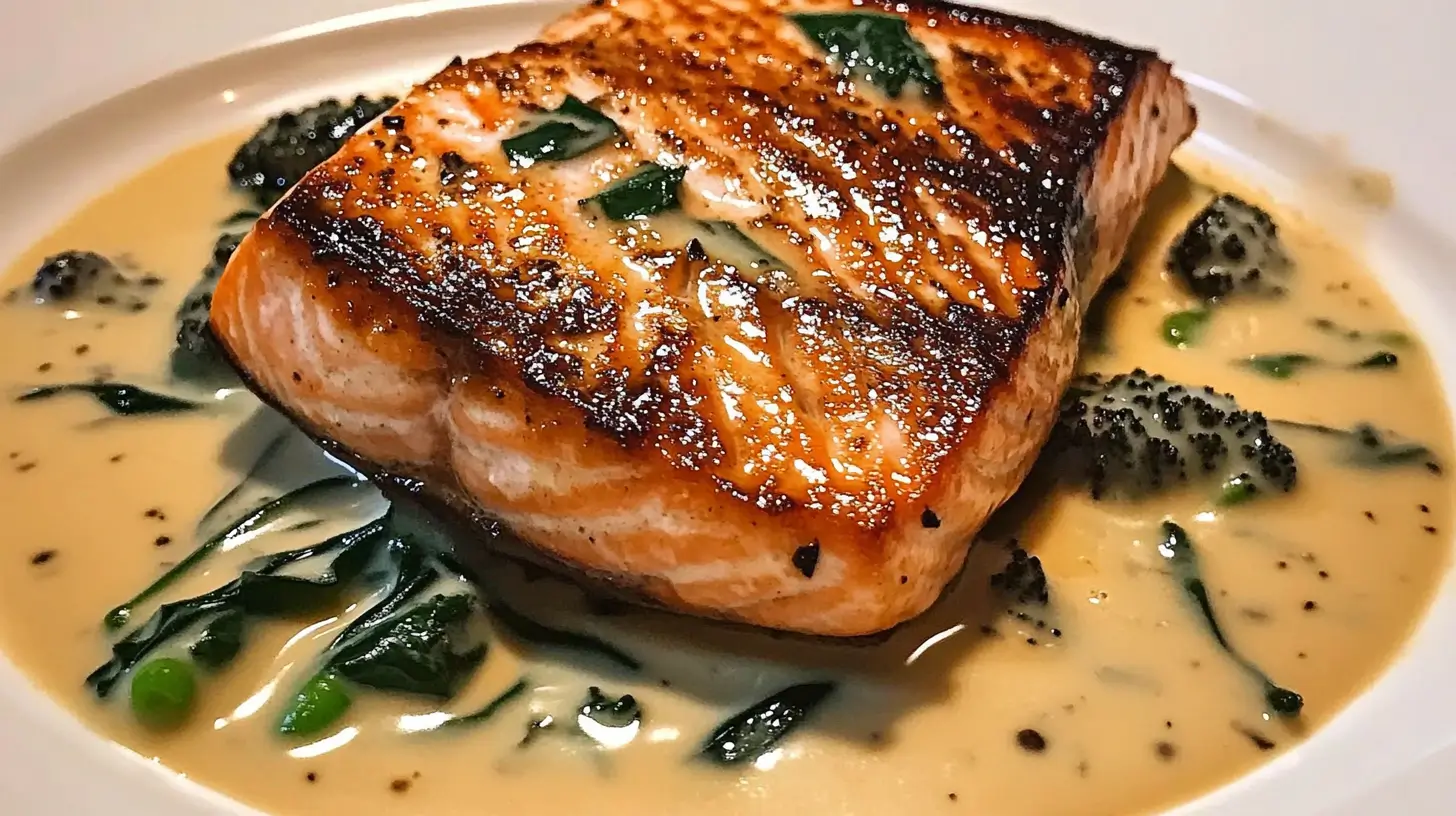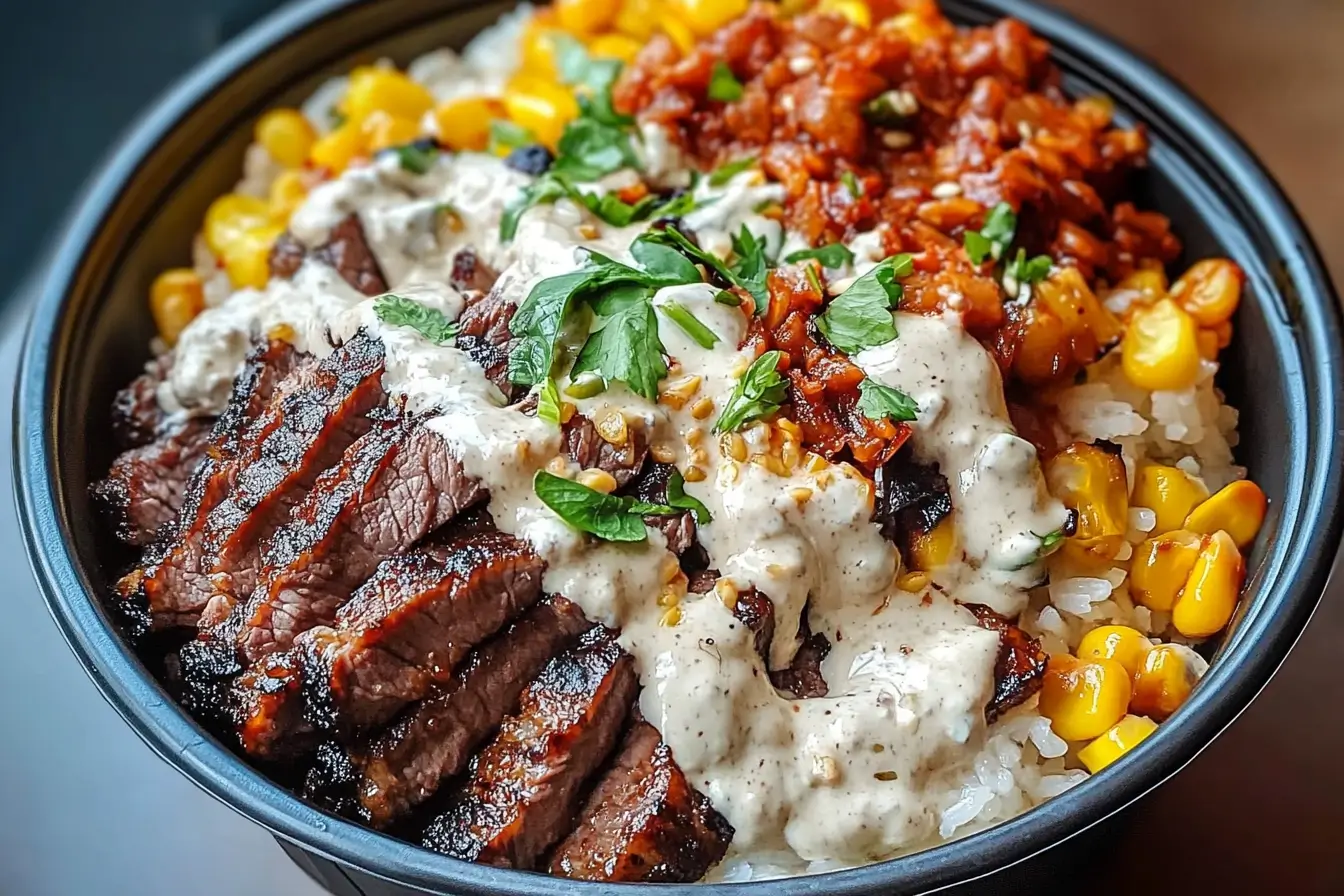Creamy chicken soups are a staple of home cooking, but few dishes have the allure of a jalapeño popper. What happens when you combine that Tex‑Mex appetizer with a comforting bowl of soup? You get a decadent mash‑up that features smoky bacon, mild heat from jalapeños and tender chicken swimming in a silky, cheese‑rich broth. This article walks you through a 6‑step jalapeño popper chicken soup recipe, explores the origins of jalapeño poppers, highlights key ingredients and provides variations so you can adjust the dish to your taste. The result is a hearty soup that’s perfect for family dinners, game‑day gatherings or whenever you need a little spice in your life.
The Jalapeño Popper Backstory

Jalapeño poppers are jalapeño peppers that have been hollowed out and stuffed with cheese, spices and sometimes ground meat before they’re breaded and fried. These bite‑sized peppers, also called armadillo eggs when wrapped in bacon, became popular in Texas in the early 1970s. The dish is likely a Tex‑Mex adaptation of the Mexican chile relleno, demonstrating how regional cuisines influence each other. Poppers are typically served as restaurant appetizers, but their flavors translate beautifully to soups and casseroles.
Jalapeños have a moderate heat level. They measure 2 500–8 000 Scoville Heat Units (SHU, falling into the medium‑hot category. The heat comes primarily from capsaicin located on the pepper’s inner pith and ribs. Removing the seeds and white membranes reduces the heat while preserving the pepper’s grassy, slightly sweet flavor. This Jalapeño Popper Chicken Soup recipe retains some seeds and ribs for a gentle tingle; you can adjust the amount you remove to control the heat.
Why You’ll Love The Jalapeño Popper Chicken Soup
- Irresistible combination of textures and flavors – Smoky bacon, mild jalapeño heat, tender chicken and melted cheddar create layers of taste in every spoonful.
- Comforting yet exciting – The creamy broth brings comfort on cold days while the peppers add a pleasant kick.
- Flexible and forgiving – You can use rotisserie chicken, leftover cooked chicken or even turkey to save time. You can also adjust the spice level, dairy and toppings to your liking.
- Great for meal prep – The soup tastes even better after a few hours because the jalapeño and bacon flavors have time to mingle. It keeps well in the fridge for up to four days (it is not ideal for freezing because soups containing dairy often separate when thawed).
Main Ingredients, Prep Notes & Substitutions
| Ingredient | Notes & substitutions | Key facts |
| Jalapeños | Use 3–4 fresh jalapeños, seeded and diced. Removing the seeds and membranes controls the heat; leaving some ribs provides a gentle tingle. Wear gloves when cutting to avoid capsaicin burns. | Jalapeños range from 2 500–8 000 SHU. The pith and ribs hold most of the heat. |
| Beef Bacon | Choose center‑cut bacon or thick‑cut bacon with a good meat‑to‑fat ratio. Center‑cut bacon contains about 25–30 % less fat than standard cut because the fatty ends are trimmed offjessicagavin.com. Cook more slices than you need so you can top the bowls later. | High‑quality bacon adds smokiness and salt. Trimming excess fat leaves crisp, meaty bits instead of greasy strips. |
| Aromatics | A trio of onions, celery and bell peppers forms the soup’s flavor base. Aromatic vegetables are vegetables like onions, carrots, celery and peppers that form the foundational flavor of soups and sauces. They work in the background to create depth. You can substitute a carrot for celery or use the Cajun “holy trinity” of onion, celery and green bell pepper. | Sautéing aromatics first releases their aromas and sugars, making the soup richer. |
| Chicken | Use two to three cups of diced or shredded cooked chicken. Rotisserie chicken or leftover roast chicken saves time. If starting with raw chicken breasts or thighs, dice and brown them separately before adding to the soup. | Chicken provides protein and makes the soup substantial. |
| Cream cheese | A half block (4 oz) of full‑fat cream cheese yields a velvety texture without turning the broth into a thick sauce. Cut it into cubes and temper it by whisking with a little hot soup before adding. Tempering prevents the dairy from separating Low‑fat cream cheese works but may not melt as smoothly. | Cream cheese adds body and a hint of tang. |
| Half‑and‑half | Half‑and‑half is a blend of equal parts milk and cream, containing 10–18 % fat. It provides richness without the thickness of heavy cream (36 %+ fat). You can substitute whole milk for a lighter soup or heavy cream for extra indulgence. | Because of its lower fat content, half‑and‑half will not whip like heavy cream and may curdle if boiled vigorously, so simmer gently. |
| Cheddar cheese | Sharp cheddar adds cheesiness reminiscent of jalapeño poppers. Shred it yourself for better melting. Monterrey Jack or pepper Jack are good alternatives. | |
| Flour | A couple of tablespoons of all‑purpose flour thicken the soup. For gluten‑free, use an equal amount of cornstarch or a gluten‑free flour blend. | |
| Chicken broth | Use low‑sodium chicken broth or homemade stock. Vegetable broth works if making a vegetarian version. | |
| Garlic & spices | Minced garlic, smoked paprika and cumin build flavor. You can add chili powder or chipotle powder for extra smokiness. | |
| Optional add‑ins | Petite diced tomatoes, corn kernels or black beans give a Southwestern flair. A can of diced tomatoes adds acidity to cut through the richness. |
Preparing Jalapeños Safely
Jalapeños can sting your eyes, nose and skin because capsaicin triggers heat and pain receptors. To minimize contact, break off the stem, wash the pepper under cold water and slice it lengthwise. Use a small knife to scrape out the seeds and the pithy ribs. Always wash your hands, knives and cutting boards after handling jalapeños, and consider wearing disposable gloves.
How to Make Jalapeño Popper Chicken Soup
Ready to cook? Follow these six steps. The process is simple and mostly hands‑off once you’ve prepared your ingredients.
Step 1 – Cook the Beef Bacon
- Slice and render – Cut six to eight slices of bacon into ½‑inch pieces. Place them in a cold Dutch oven or soup pot and set the heat to medium. Starting with a cold pan renders the fat slowly and prevents burning.
- Crisp and drain – Cook the bacon until crisp, 8–10 minutes. Transfer the pieces to a paper‑towel‑lined plate. Pour off all but about three tablespoons of bacon fat; you’ll use this to sauté the aromatics. Reserve a tablespoon of crisp bacon for topping the bowls later.
Step 2 – Sauté the Aromatics
- Sweat the vegetables – Add the diced onion, celery and bell pepper to the pot with the bacon fat. Season with a pinch of salt. Cook over medium heat until the vegetables begin to soften, about five minutes.
- Add the jalapeños – Stir in the chopped jalapeños and continue to sauté for another 2–3 minutes. Aromatics like onions, celery and peppers serve as the foundational flavor of soups, so take your time here. You want them tender but not browned.
Step 3 – Thicken With Flour
- Add garlic and spices – Stir minced garlic, smoked paprika and cumin into the softened vegetables. Cook until fragrant, about 30 seconds.
- Make the roux – Sprinkle two tablespoons of all‑purpose flour over the mixture. Stir until the flour coats the vegetables and absorbs the fat. The flour will look pasty; that’s okay.
- Loosen if needed – If the roux seems dry, add a splash of chicken broth and stir until a thick paste forms. This ensures the flour cooks without forming lumps when you add the liquids.
Step 4 – Add the Liquids
- Pour in the broth – Increase the heat to medium‑high. Add the chicken broth one cup at a time, stirring after each addition. Gradual incorporation prevents lumps from forming.
- Add the half‑and‑half – Once all the broth is incorporated, pour in the half‑and‑half. Bring the soup to a gentle simmer, not a rolling boil, since vigorous boiling can cause dairy to curdle due to its lower fat content. Let the soup bubble gently for about five minutes to thicken.
Step 5 – Temper the Cream Cheese
- Soften the cheese – Cut 4 oz (½ block) of cream cheese into cubes and place them in a heat‑proof bowl. Spoon about ½ cup of the hot soup over the cream cheese and whisk until smooth. Tempering the cream cheese ensures it melts evenly and doesn’t separate
- Add the cheese mixture – Pour the tempered cream cheese back into the pot. Add 1 ½ cups shredded cheddar cheese and stir until melted. Removing the pot from direct heat before adding dairy helps keep the soup glossy.
Step 6 – Finish the Soup
- Add chicken and bacon – Stir in the cooked chicken and most of the bacon pieces. Simmer for 5 minutes to warm the chicken through.
- Season – Taste and add salt and freshly ground black pepper. A squeeze of lime juice brightens the flavors, and a pinch of cayenne pepper can increase the heat.
- Serve – Ladle the soup into bowls and garnish with reserved bacon, sliced jalapeños, extra cheddar, sliced green onions and chopped cilantro. Serve with crusty bread, cornbread or focaccia for dipping.
Cook’s Notes & Variations
- Add tomatoes for acidity – Stir in a drained can of petite diced tomatoes along with the chicken broth. Tomatoes add acidity that balances the richness of the broth.
- Make it lighter – Substitute turkey bacon, smoked turkey or vegetarian bacon. Use 2 % milk or unsweetened oat milk instead of half‑and‑half. Keep in mind that lower‑fat dairy is more prone to curdling; temper it carefully.
- Turn up the heat – For a spicier soup, use serrano peppers (10 000–23 000 SHU) or add chipotle peppers in adobo sauce. You can also keep more jalapeño ribs and seeds or sprinkle in cayenne.
- Southwestern twist – Add corn kernels, black beans and a teaspoon of cumin. Top with tortilla strips and avocado slices for a Tex‑Mex vibe.
- Creamy broccoli variation – Replace one bell pepper with a cup of chopped broccoli florets and add them with the chicken. The broccoli softens in the creamy broth and adds nutrition.
- Storage – Let the soup cool, then refrigerate in airtight containers for up to four days. Avoid freezing soups that contain dairy because milk, cream and cream cheese tend to separate and become grainy after thawing. If you want to freeze it, cook the soup up to step 4, freeze the broth and vegetables, and stir in the dairy and cheese when reheating.
Why Tempering Dairy Matters
Many home cooks struggle with dairy curdling in soups. Tempering is the technique of warming a dairy ingredient with a small amount of hot liquid before adding it to a larger pot. This gradual warming reduces shock and prevents proteins from seizing. The Forkful Fix blog emphasises that tempering cream cheese is a secret weapon: you should spoon hot broth over the cream cheese and whisk until smooth before incorporating it, and stir in dairy off the heat for a glossy finish
Following this method helps achieve a smooth, homogenous soup instead of a broken, grainy mess.
Understanding Half‑and‑Half vs. Heavy Cream
Half‑and‑half blends equal parts milk and cream and has a fat content between 10 % and 18 %. Heavy cream contains 36 % or more fat, making it more stable when heated. That stability is why heavy cream can be boiled and whipped, while half‑and‑half can curdle if boiled vigorously. In this soup, half‑and‑half provides creaminess without overwhelming richness. You can substitute heavy cream for an ultra‑luxurious version or whole milk for a lighter one.
The Role of Aromatics in Soup
Aromatics—vegetables like onions, carrots, celery and peppers form the flavor base of many recipes. According to The Spruce Eats, aromatics are traditionally used as the foundation for soups, stocks and sauces. They’re often combined in threes, such as the mirepoix (onion, carrot, celery) or the Cajun holy trinity (onion, celery, bell pepper). These vegetables provide sweetness, astringency and complexity, and their flavors meld into a “wall of flavor” that supports the dish. Our Jalapeño Popper Chicken Soup recipe uses onion, celery and bell pepper to build that base while jalapeños contribute heat and brightness.
Beef Bacon Quality and the Case for Center‑Cut
Not all bacon is created equal. Standard store‑bought bacon can be fatty, resulting in more grease than meat. Center‑cut bacon solves this problem because the fatty ends of the beef belly are trimmed off, leaving leaner slices. Center‑cut bacon contains about 25–30 % less fat than uncooked, standard‑cut bacon jessicagavin.com. When cooked, it tastes similar to regular bacon but yields more meaty pieces for your soup. If you can’t find center‑cut bacon, look for a brand with a good meat‑to‑fat ratio or use turkey bacon for a leaner option.
Jalapeños and Heat Management
Jalapeños occupy the middle of the Scoville scale at 2 500–8 000 SHU. The heat primarily resides in the white ribs and membranes, while the seeds themselves contain only a small amount. Removing the ribs reduces the heat, leaving a clean pepper flavor with a hint of spice. For those who love heat, leave some of the pith intact or use hotter peppers like serranos (10 000–23 000 SHU) or habaneros (100 000–350 000 SHU).
Serving Suggestions
- Bread accompaniments – This rich soup pairs beautifully with crusty baguettes, buttery focaccia, cornbread or garlic toast. A warm baguette helps sop up the creamy broth and crunchy bacon bits.
- Salad pairing – A crisp green salad dressed with a lime‑cilantro vinaigrette balances the soup’s richness. The acidity of the vinaigrette brightens the jalapeño and bacon flavors.
- Game‑day feast – Serve the soup in small bowls or cups as part of a party spread. It complements other Tex‑Mex snacks like nachos, quesadillas and guacamole.
- Leftover transformation – Use leftover soup as a sauce over baked potatoes, rice or pasta. The thickened broth becomes a decadent cheese sauce when reheated gently.
Frequently Asked Questions (FAQ)
Can I make this soup vegetarian?
Yes. Omit the bacon and replace it with diced smoked tofu or vegetarian bacon. Use vegetable broth and increase the amount of smoked paprika or add a teaspoon of liquid smoke to mimic the bacon’s smoky flavor.
How do I make it gluten‑free?
Replace the all‑purpose flour with an equal amount of cornstarch or a gluten‑free flour blend. Check that your broth and cream cheese are gluten‑free. The rest of the ingredients are naturally gluten‑free.
What if I don’t like cream cheese in soup?
Cream cheese adds body and tang reminiscent of jalapeño poppers. If you prefer a different texture, substitute mascarpone, Neufchâtel cheese (a lower‑fat alternative) or a mixture of sour cream and heavy cream. Always temper dairy before adding it to hot soup.
Can I freeze the soup?
It’s best not to freeze soups that contain dairy like milk, cream, cream cheese or cheese sauces. When frozen and thawed, the dairy can separate and become grainy. If you want to freeze it, prepare the soup up to the step of adding the dairy, freeze the base, and stir in the cream cheese, half‑and‑half and cheddar when reheating.
How can I increase the protein content?
Besides adding more chicken, you can stir in a can of white beans, add diced cooked turkey or sprinkle the bowls with toasted pumpkin seeds for extra protein and crunch.
Top 5 Reasons to Try Sticky Apple Cider Chicken with Crisp Autumn Slaw


